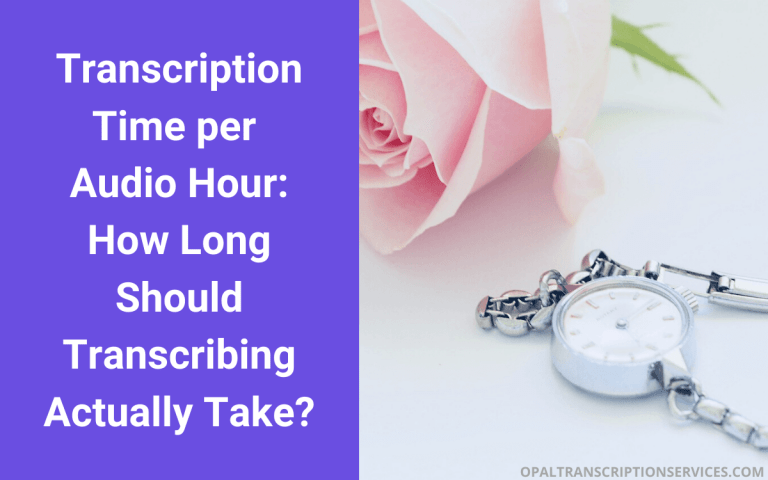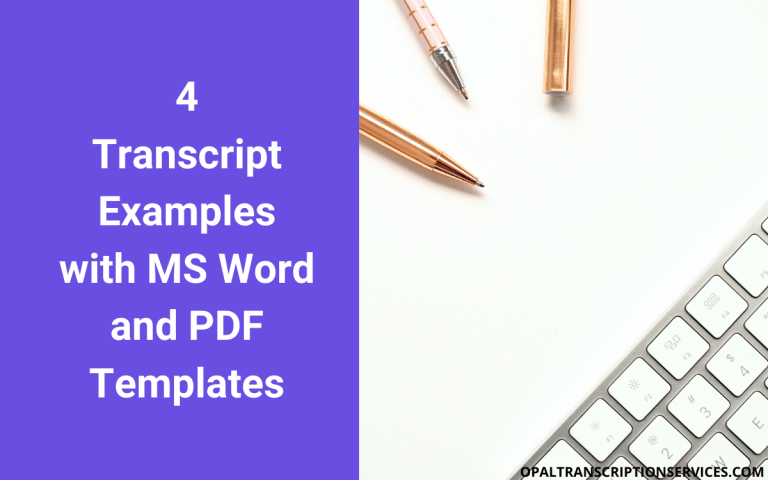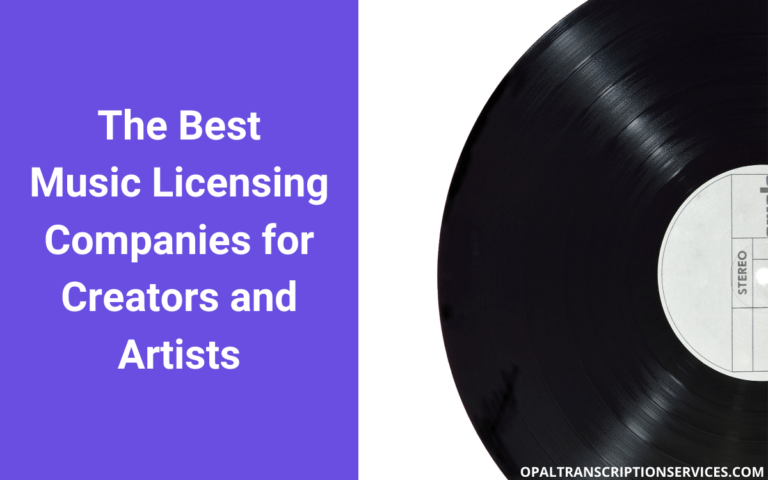Verbatim Transcription vs. Non-verbatim Transcription Rules
This post may contain affiliate links. See my disclosure for more info.
When you place an order for transcripts, most agencies will offer you a choice between clean verbatim and non-verbatim transcription services. Here, we aim to clear up any confusion surrounding the two types of transcription so you can make the best choice for your project.
Types of transcription
There are two main types of transcription:
- Clean verbatim transcription (also known as intelligent verbatim or non-verbatim)
- True verbatim transcription (also known as strict verbatim, or simply verbatim)
Each style of transcription is useful under certain circumstances. While clean verbatim strives to capture what is said, true verbatim also aims to capture how something is said.
Style rules for clean verbatim and true verbatim may vary slightly among transcription service providers. Below is a detailed description of both transcription types based on our style guide at Opal. (You can also view an example verbatim transcript, along with its clean verbatim counterpart.)
Clean verbatim transcription rules
Clean verbatim, also known as intelligent verbatim or non-verbatim, is a style of transcription that omits or adjusts the following:
- Stutters
- Filler speech, including “um,” “uh,” etc.
- Repetition of words, unless useful for emphasis
- Speaker idiosyncrasies such as the repetitive use of “like,” “actually,” “sort of,” “kind of”, etc.
- Interjections made by the interviewer, such as “yeah” and “mm-hmm”
- Most non-speech sounds, including coughing and throat clearing (laughter may be left in if it helps the context)
- False starts or redirects
- Run-on sentences
While that may seem like a lot of changes to make, it’s important to understand that clean-verbatim transcripts are still an accurate representation of the original dictation – they’re just stripped of certain distracting elements.
Clean verbatim style does not edit sentence structure or add, remove, or change important words. It’s not the same as “formal” transcription – we wouldn’t change “mm-hmm” to “yes,” for example, unless requested by the client. In most cases, grammar is usually left as dictated.
Verbatim transcription rules
True verbatim, also known as strict verbatim or simply verbatim, is a style of transcription that attempts to capture every speaker utterance. Verbatim transcripts include:
- Stutters
- Filler speech, including “um,” “uh,” etc.
- Repeated words
- Speaker idiosyncrasies such as the repetitive use of “like,” “actually,” “sort of,” “kind of”, etc.
- Interjections made by an interviewer or other speakers, such as “yeah” and “mm-hmm”
- Non-speech sounds, including coughing and throat clearing
- False starts and redirects
- Run-on sentences
Verbatim transcription services
If you aren’t sure whether clean verbatim or true verbatim transcription is the best fit for your project, then you probably want clean verbatim. Not only are the transcripts less distracting to read, but they also cost less. (Most professional transcription services charge an extra fee for verbatim transcripts because they take more time to produce.)
However, verbatim transcription may be the right choice if you need to document what is said as well as the manner in which it’s said – for example, certain types of qualitative or market research projects, legal investigations, and so on.
At Opal, we offer both clean verbatim and true verbatim transcription services done by experienced North America-based transcriptionists. We give a 10-minute free trial to government and academic institutions and eligible non-profits.
Please follow the instructions on our contact page to receive your free quote. And if you have any questions about outsourcing interview transcription services, don’t hesitate to call or email us!






